Email Marketing is Still Hot for Small Business
Selasa, 19 Juni 2012
0
komentar
How do you communicate with your customers? We all know that there's
getting to be more and more online activity. How much? According to the
Pew Research Center:
The proportion of Americans online on a typical day grew from 36% of the entire adult population in January 2002 to 44% in December 2005. The number of adults who said they logged on at least once a day from home rose from 27% of American adults in January 2002 to 35% in late 2005.
On top of that, Americans don't feel overloaded by the information they're getting on the web. Pew Research stated:
Just 15% said they sometimes felt overwhelmed by the amount of information they had, while 71% said they had all the information they needed and thought it was manageable, and 11% said they were missing information that they wish they had.
It makes me further think about how we communicate with our customers. Some businesses have jumped into the blog world in hopes that their customers will come and engage with them online. That works for some but this strategy doesn't work well for many small businesses because their business just isn't the type to draw attention to itself such that a customer would want to come and read about them in the normal course of the day. Do you want to know what's going on in the world of sandwich making, hair cutting, or pool/spa maintenance? Me either, not so much that I would return again and again to hear it.
The good news is that I would like to hear about special offers my hair cutting place has or new sandwiches my favorite sub place has coming out. And I, like most people, would like to hear about it through email. There continues to be more techie ways to send information out there (like RSS), but email is THE killer application... the most used, it allows you to push your message to your customers when you wish and they pick it up when they wish. It is effective and personal because it comes from you, allowing you to share offers and news. What's more, it allows you to develop a relationship with your customers.
This is all good and true, but knowing this and doing nothing about it will not help you grow your business. Here's my shameless plug for PromoterZ(tm), a system that automates the sending of special offers through email. It doesn't require more time from an already busy small business owner either, in fact it's kind of like having a really cheap employee that talks to your customers 24 hours a day, 7 days a week. It also encourages your customers to send referrals about you to their friends, making it a word of mouth marketing tool. Additionally, it gives you feedback from your customers about the most important thing they can tell you about your business.
PromoterZ(tm) is the internet marketing tool for small business. (End of shameless plug.)
The proportion of Americans online on a typical day grew from 36% of the entire adult population in January 2002 to 44% in December 2005. The number of adults who said they logged on at least once a day from home rose from 27% of American adults in January 2002 to 35% in late 2005.
On top of that, Americans don't feel overloaded by the information they're getting on the web. Pew Research stated:
Just 15% said they sometimes felt overwhelmed by the amount of information they had, while 71% said they had all the information they needed and thought it was manageable, and 11% said they were missing information that they wish they had.
It makes me further think about how we communicate with our customers. Some businesses have jumped into the blog world in hopes that their customers will come and engage with them online. That works for some but this strategy doesn't work well for many small businesses because their business just isn't the type to draw attention to itself such that a customer would want to come and read about them in the normal course of the day. Do you want to know what's going on in the world of sandwich making, hair cutting, or pool/spa maintenance? Me either, not so much that I would return again and again to hear it.
The good news is that I would like to hear about special offers my hair cutting place has or new sandwiches my favorite sub place has coming out. And I, like most people, would like to hear about it through email. There continues to be more techie ways to send information out there (like RSS), but email is THE killer application... the most used, it allows you to push your message to your customers when you wish and they pick it up when they wish. It is effective and personal because it comes from you, allowing you to share offers and news. What's more, it allows you to develop a relationship with your customers.
This is all good and true, but knowing this and doing nothing about it will not help you grow your business. Here's my shameless plug for PromoterZ(tm), a system that automates the sending of special offers through email. It doesn't require more time from an already busy small business owner either, in fact it's kind of like having a really cheap employee that talks to your customers 24 hours a day, 7 days a week. It also encourages your customers to send referrals about you to their friends, making it a word of mouth marketing tool. Additionally, it gives you feedback from your customers about the most important thing they can tell you about your business.
PromoterZ(tm) is the internet marketing tool for small business. (End of shameless plug.)
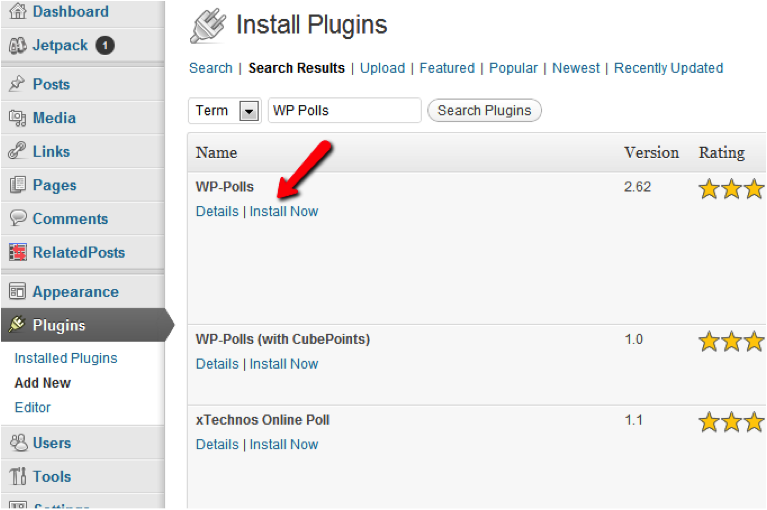
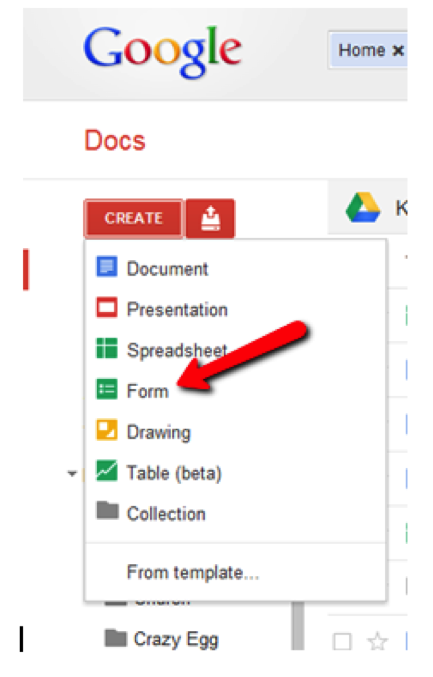
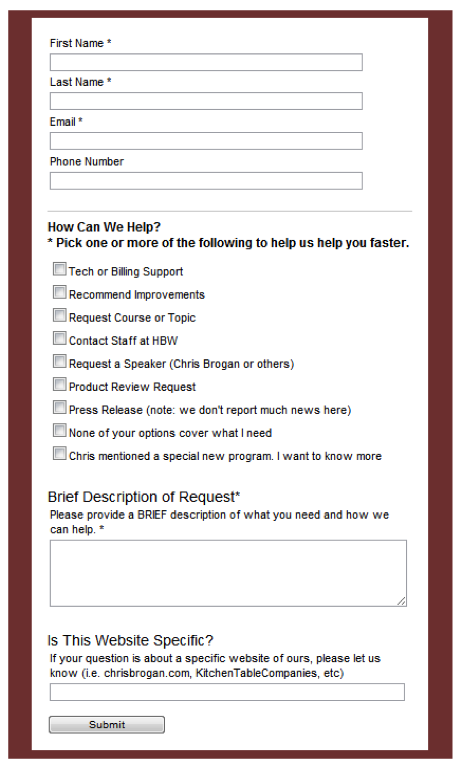
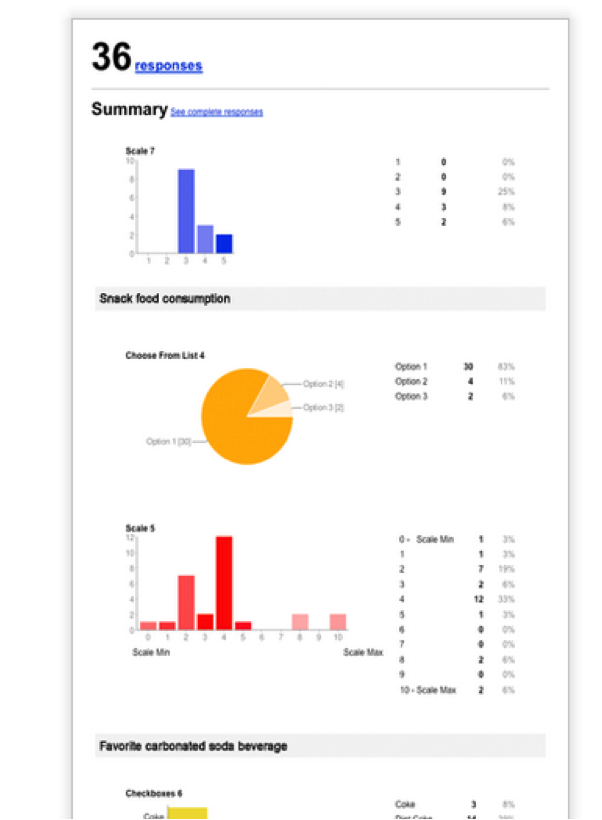
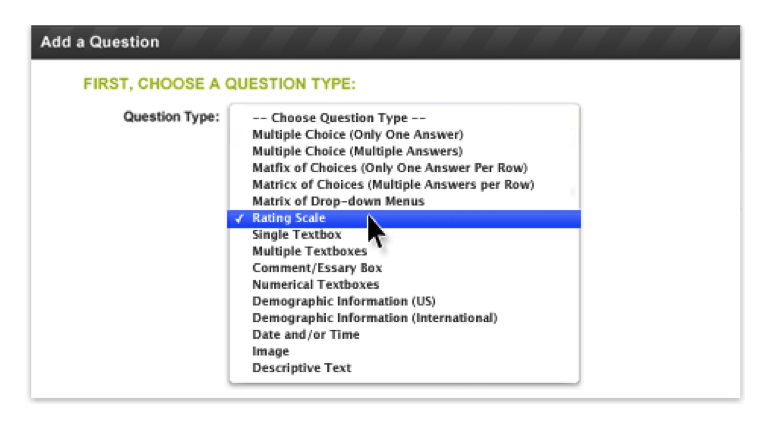
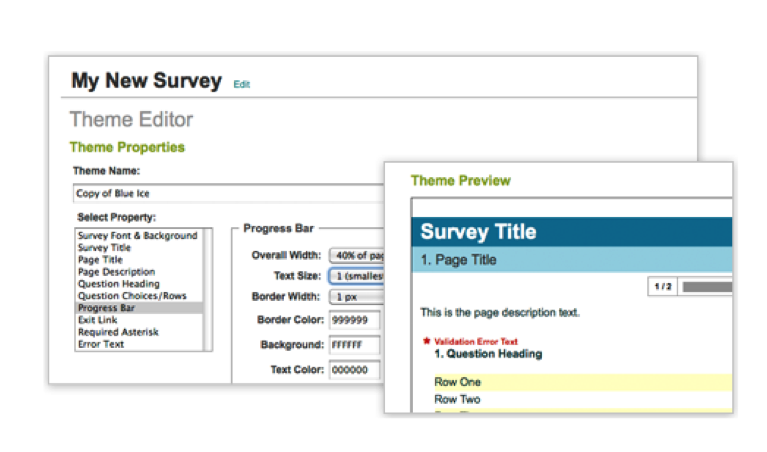
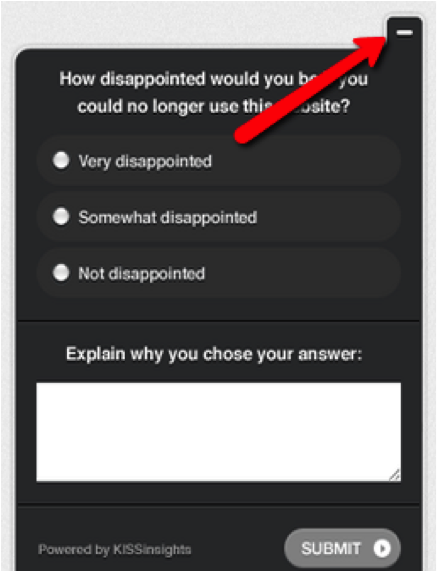
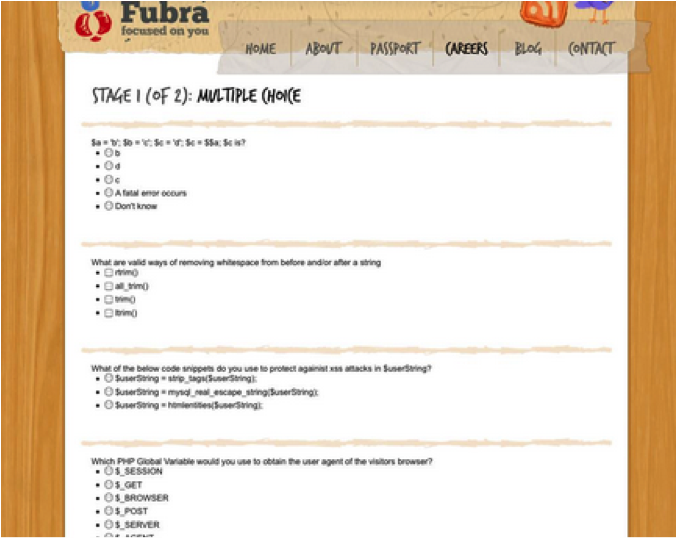



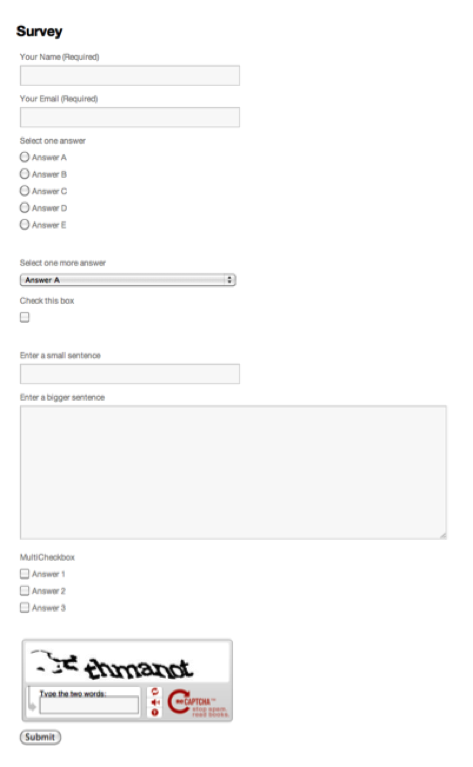




 As one of the founders (George) put it when we were having coffee: “
As one of the founders (George) put it when we were having coffee: “ We covered
We covered 

